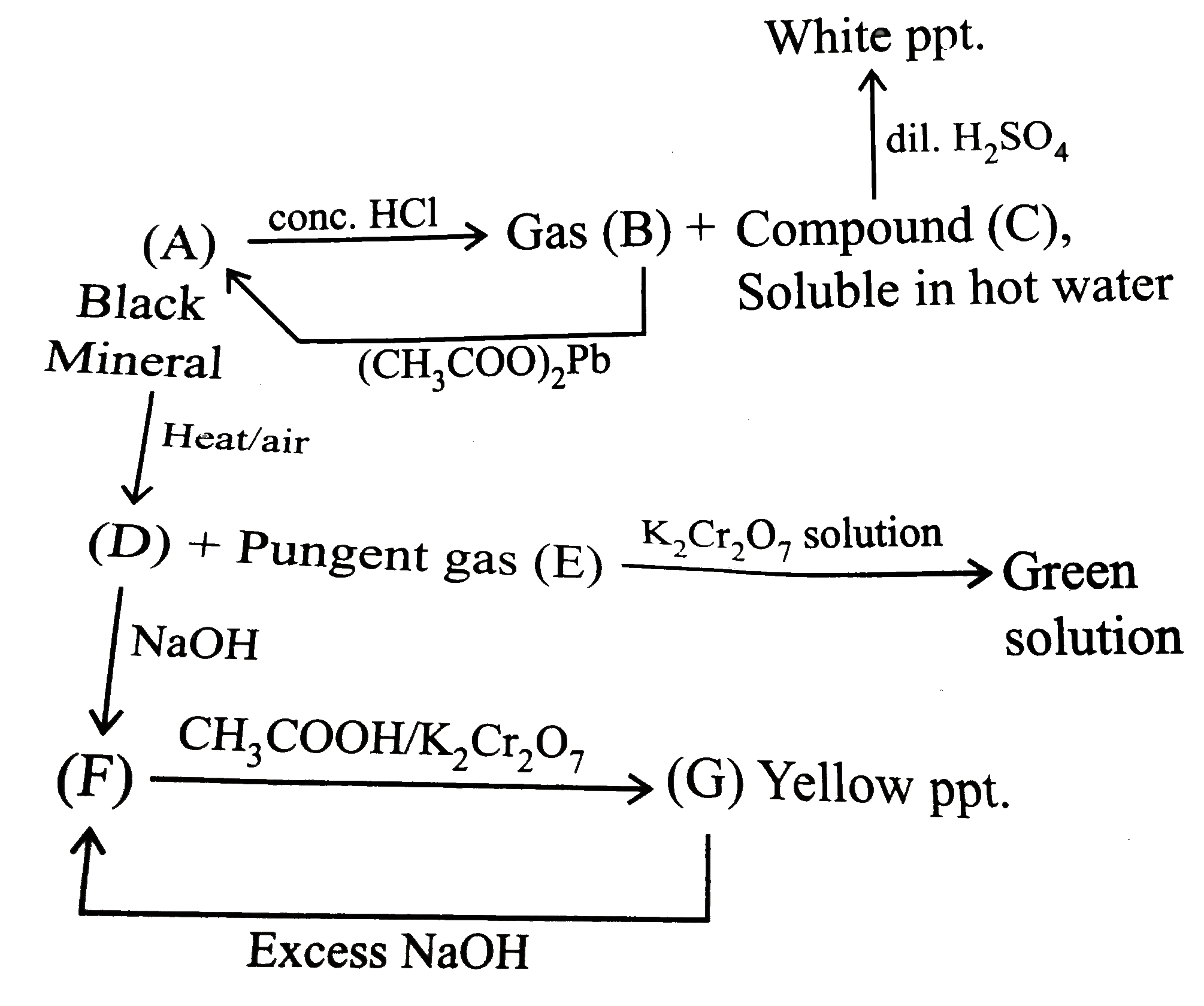Acetylene on passing through excess of HOCl solution forms
ethylene chlorohydrin
glyoxal
ethylene glycol
dichloroacetaldehyde
The correct Answer is:D
To solve the question of what acetylene forms when passed through excess HOCl solution, we can follow these steps:
1. Identify the Reactants:
- Acetylene (C₂H₂) has the structure H-C≡C-H.
- HOCl (hypochlorous acid) can dissociate into H⁺ and OCl⁻.
2. Reaction Mechanism:
- When acetylene reacts with HOCl, the triple bond between the carbon atoms can react with the OCl⁻ ion.
- The OCl⁻ will add to one of the carbon atoms, while the H⁺ from HOCl will add to the other carbon.
3. Formation of Intermediates:
- The reaction leads to the formation of a vinyl chloride intermediate (C₂HClO), where one carbon has a chlorine atom and the other has a hydroxyl group (OH).
4. Tautomerization:
- The intermediate can undergo tautomerization, where the hydrogen atom shifts, leading to the formation of a carbonyl group (C=O).
- This results in the formation of an aldehyde.
5. Final Product:
- The final product after the reaction with excess HOCl will be dichloroacetaldehyde (CCl₂CHO), where the carbonyl carbon is bonded to two chlorine atoms and one hydroxyl group.
Conclusion:
The product formed when acetylene is passed through excess HOCl solution is Dichloroacetaldehyde.
---
- Acetylene (C₂H₂) has the structure H-C≡C-H.
- HOCl (hypochlorous acid) can dissociate into H⁺ and OCl⁻.
- When acetylene reacts with HOCl, the triple bond between the carbon atoms can react with the OCl⁻ ion.
- The OCl⁻ will add to one of the carbon atoms, while the H⁺ from HOCl will add to the other carbon.
- The reaction leads to the formation of a vinyl chloride intermediate (C₂HClO), where one carbon has a chlorine atom and the other has a hydroxyl group (OH).
- The intermediate can undergo tautomerization, where the hydrogen atom shifts, leading to the formation of a carbonyl group (C=O).
- This results in the formation of an aldehyde.
- The final product after the reaction with excess HOCl will be dichloroacetaldehyde (CCl₂CHO), where the carbonyl carbon is bonded to two chlorine atoms and one hydroxyl group.
The product formed when acetylene is passed through excess HOCl solution is Dichloroacetaldehyde.
Similar Questions
Propyne on passing through red hot copper tube forms
View SolutionH2S gas on passing through an alkline solution , forms a white precipitate .The solution contains ions of
View SolutionA metal nitrate reacts with KI solution to give a block precipitate which on addition of excess of KI solution forms an orange coloured solution. The cation of metal nitrate is :
View SolutionWhen acetylene is passed through red hot iron tube the product formed is
View SolutionThe colour chage observed when excess ethyne is passed through the solution of bromine water is
View SolutionCuSO4 solution reacts with excess of KCN solution to form:-
View SolutionCuSO4 solution reacts with excess of KCN solution to form:-
View Solution1F of electricity is passed through 10L of a solution of aqueous solution of NaCl . Calculate the pH of the solution.
View Solution
Gas (B) on passing through CaSO4 solution will give
View SolutionA 10 ampere current is passed through 500 ml NaCI solution for 965 seconds Calculate pH solution at the end of electrolysis.
View Solution
